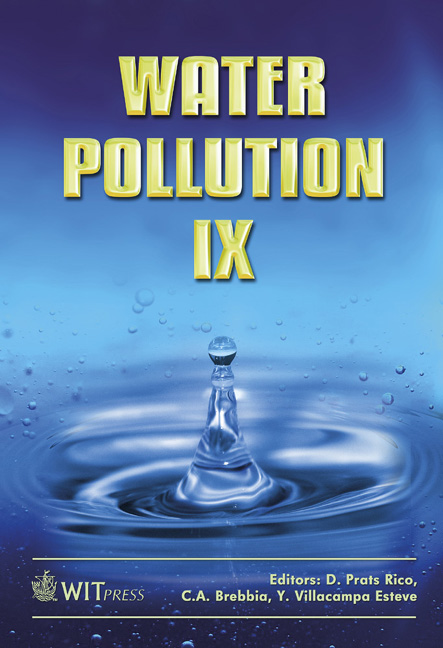The Recalcitrance Of Clofibric Acid To Microbial Degradation
Price
Free (open access)
Transaction
Volume
111
Pages
6
Page Range
273 - 278
Published
2008
Size
276 kb
Paper DOI
10.2495/WP080271
Copyright
WIT Press
Author(s)
S. Evangelista, V. Yargeau & D. G. Cooper
Abstract
The presence of pharmaceutical compounds and their metabolites in aquatic systems has become a concern in the past few years due, in part, to their ubiquity in the environment. However, at present, the persistence and ecotoxicity of many of these compounds remains unknown. Clofibric acid is the active metabolite of clofibrate, a lipid regulator. It is detected in most aquatic systems where pharmaceutical contaminants are monitored and is reported to be persistent. (R)-mecoprop, a herbicide used on broad-leaved crops, is a structural isomer of clofibric acid. However, unlike clofibric acid, it can be degraded by at least some microorganisms including Sphingomonas herbicidovorans and Alcaligenes denitrificans. Biodegradation studies of both clofibric acid and its isomer mecoprop were performed by exposing the compounds to axenic cultures of microorganisms in shake flasks. While preliminary results revealed that clofibric acid was resistant to microbial degradation with several types of microorganisms, it was shown that Rhodococcus rhodochrous, a common soil microorganism, was capable of converting clofibric acid to clofibrate, its parent compound. Despite the fact that Sphingomonas herbicidovorans is capable of degrading (R)-mecoprop within a couple of days, results indicated that it is incapable of degrading clofibric acid under the same conditions. This suggests that the recalcitrance of clofibric acid is due to change in the position of a methyl group with respect to (R)-mecoprop. Keywords: clofibric acid, (R)-mecoprop, Sphingomonas herbicidovorans, Rhodococcus rhodochrous, biodegradation.
Keywords
clofibric acid, (R)-mecoprop, Sphingomonas herbicidovorans, Rhodococcus rhodochrous, biodegradation.





